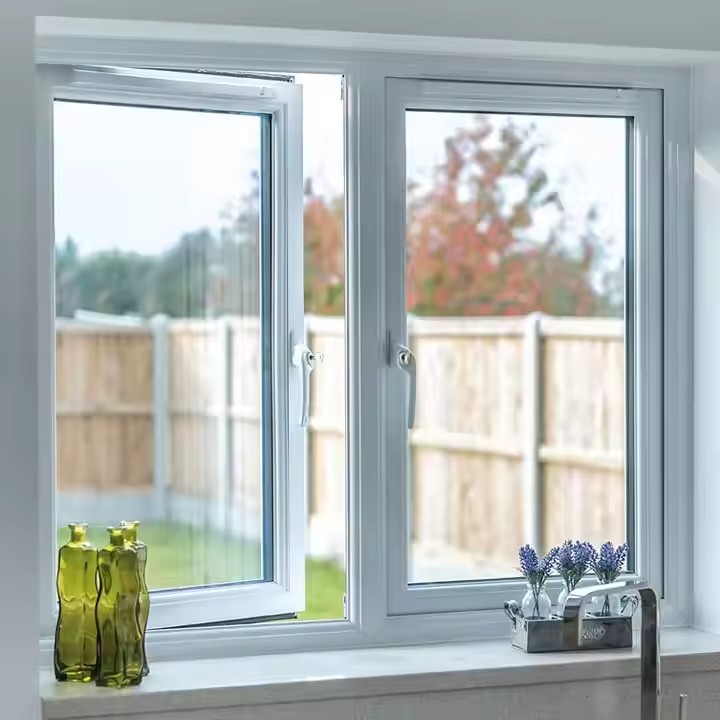- Certification and Compliance
AS2047 Certification:
This standard defines the structural performance, airtightness, water tightness, and wind pressure resistance of doors and windows. It specifies limits for deflection, airtightness, water resistance, and operating force. For instance, the deflection limit is L/150 for residential windows and L/250 for commercial buildings, ensuring that doors and windows can withstand the wind loads and external forces appropriate for their building type.
AS1288 Certification:
This standard regulates the application of glass in buildings, including requirements for glass type, strength, dimensions, and installation methods. It ensures that the glass can withstand external forces and pressure, reducing the risk of breakage under extreme weather or impact.
AS2208 Certification:
This is Australia’s key standard for the safety of architectural glass. It focuses on the use of glass in doors and windows, requiring that the glass does not shatter under specific impact conditions. It prevents safety hazards caused by glass breakage and specifies the use of various glass types, such as tempered and laminated glass.

AS4666 Certification:
This standard concerns the energy efficiency of building glazing systems. It sets thermal performance requirements for doors and windows to improve building energy efficiency, focusing on insulation (U-value) and solar heat gain coefficient (SHGC). The lower the U-value and SHGC, the better the energy-saving performance of the doors and windows.
- Climate Adaptability
Coastal Regions:
In areas like Sydney and Brisbane, the high salt content in the air demands strong corrosion resistance. Aluminum frames should undergo anodizing or powder coating with a film thickness of at least 80 microns. Hardware components should be made of 316 stainless steel to ensure long-term durability in high-salt, coastal environments.
Tropical Hot Regions:
In tropical areas such as Queensland, doors and windows must offer excellent thermal insulation. Options like nano-coated glass, thermally efficient multi-chamber frames, and Low-E coated glass can effectively block heat transfer into the interior, reducing air-conditioning energy consumption.
Cyclone-Prone Areas:
In northern coastal regions of Australia, frequent cyclones require windows and doors with high wind resistance. Reinforced profiles and enhanced frame structures—such as hurricane-resistant series from manufacturers like Meicheng International—are tested to withstand simulated typhoon conditions and high wind speeds.
- Material Selection
Aluminum Alloy:
Known for its high strength, corrosion resistance, light weight, and recyclability, aluminum is the most common material for Australian windows and doors. Frames must be properly treated through anodizing or powder coating to enhance weather and corrosion resistance.
Steel:
Steel frames offer high strength but are prone to rust. They must be hot-dip galvanized and treated with anti-corrosion coatings, typically used in projects requiring extra structural strength.
PVC:
PVC (uPVC) windows and doors offer strong insulation, soundproofing, and weather resistance at a relatively affordable price. It is important to select high-quality products to prevent deformation or aging due to temperature fluctuations over time.
- Energy Efficiency
Glass Configuration:
Choose Low-E (low-emissivity) glass, double-glazed, or laminated glass filled with argon gas to reduce heat transfer, improving insulation and overall thermal performance.
Frame Design:
Thermal break aluminum with multi-chamber design effectively blocks heat transmission between indoor and outdoor environments. Combined with advanced sealing systems—such as triple or multi-layer sealing strips—these designs ensure superior airtightness, reduce air leakage, and enhance overall energy efficiency.
- Safety Performance
Anti-Theft Features:
Use high-security locking systems such as multi-point locks and anti-theft cylinders to enhance burglary resistance. Reinforced profiles and impact-resistant glass further improve the overall safety of the system.

Fall Prevention:
For high-rise buildings, doors and windows should incorporate fall-prevention measures such as safety bars or hardware with anti-fall functions, preventing accidental detachment or collapse during use.
- Customization Requirements
Size and Opening Type:
Doors and windows can be customized based on architectural design and functional needs—options include sliding windows, casement doors, bi-fold doors, and awning windows. This flexibility ensures optimal natural light, ventilation, and visual appeal for different spaces.
Surface Color and Finish:
A wide range of surface finishes and textures—such as matte black, champagne, or wood grain—are available to complement different architectural styles and enhance aesthetic harmony.
- After-Sales Service
Installation Service:
Professional installation teams ensure proper fitting and alignment, preventing common issues such as air or water leakage and operational difficulties caused by improper installation.
Maintenance and Repair:
Over time, components like sealing strips or hardware may age or wear out. Reliable suppliers should provide timely maintenance and repair services to ensure the long-term performance and safety of doors and windows.

